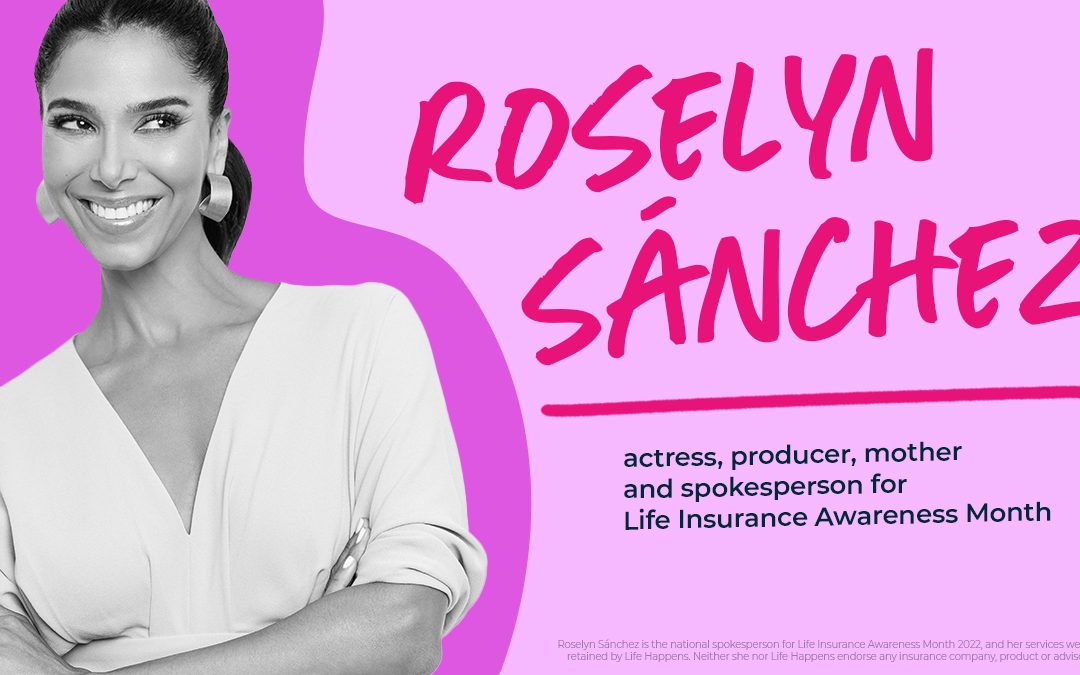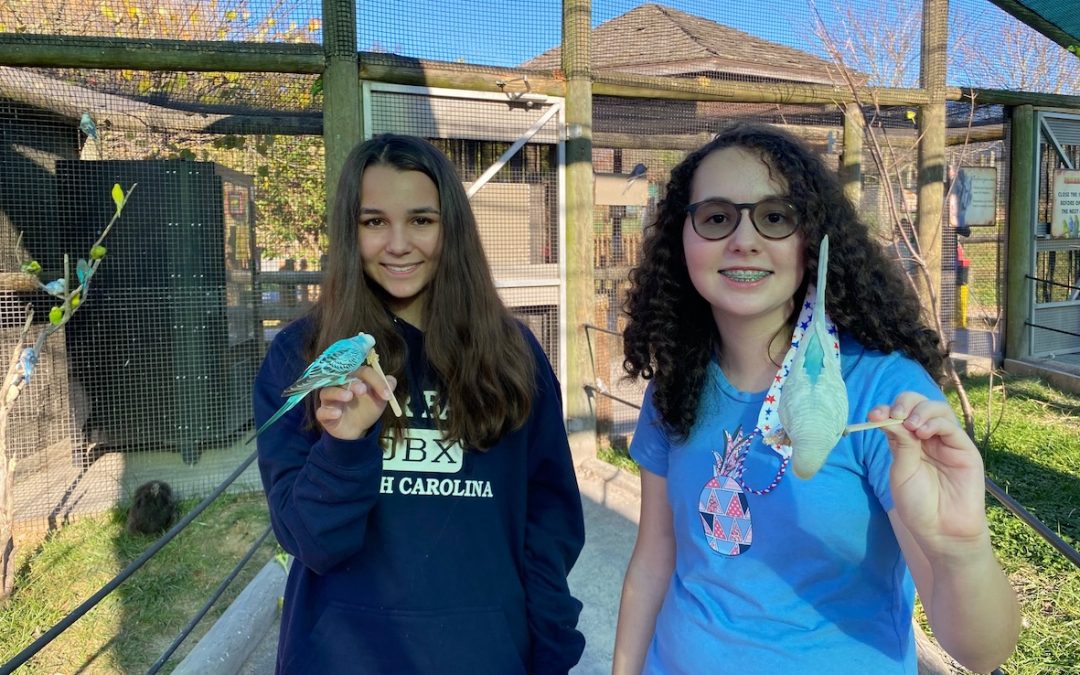
5 Questions Newlyweds Have About Life Insurance
Many exciting elements make up life as a newlywed, especially when you’re just coming off the thrill of a wedding and honeymoon. You may be looking forward to settling into a new routine, while simultaneously aware that there are certain plans you need to make together for the future.
Although it may not be the first thing on your mind as a newlywed, creating a strong financial plan for your future should be an important point on your to-do list. Moreover, your financial strategy needs to include planning for risk—and thinking about what could go wrong, even if it’s uncomfortable. Often, that means buying life insurance.
Five Life Insurance Questions Asked by Newlyweds
Newlyweds, whether young or old, financially established or just getting started, often have similar questions related to their new marital status. So, let’s look at five FAQs newlyweds have about life insurance.
- How much life insurance do we need?
- What kind of life insurance do we need?
- Do we need life insurance if we don’t have kids?
- Can we afford life insurance?
- What is life insurance used for?
How Much Life Insurance Do We Need?
Understanding how much life insurance you need for your new married life will depend on a few key things.
- First, it will depend on all of your financial obligations. If you or your spouse were to die, what debts and responsibilities would you each leave behind for your partner? Making sure those expenses and obligations are covered is a good first step to deciding how much life insurance you need. Your list could include a mortgage, car payments, student loans, credit cards or other personal debts.
- Next, you will need to decide how much money your spouse depends on you to bring home each year. Does that income need to be replaced if you die? Both partners need to make this calculation for buying their own policies to protect the other. Your everyday expenses should factor into your calculations, along with monthly, yearly and incidental financial events.
- Finally, you may need to plan for the future with your life insurance. You and your spouse should consider any current or future dependent costs (i.e., children) and any retirement savings you could lose out on if your partner dies.
For help in coming up with a more defined number, visit our life insurance needs calculator here.
What Kind of Life Insurance Do Newlyweds Need?
The type of life insurance you need as a newlywed depends on your budget and the extent of what you need your coverage to do. You may simply need insurance to cover funeral costs and necessary living expenses in the event of a partner’s death. However, you may also have a need for more sophisticated financial planning.
You and your partner can choose from many different types of life insurance products from many different insurance companies to meet your unique needs. However, most can be defined as either term or permanent life insurance.
- Term is life insurance that you buy for a specific period of time. If you die during that time, your spouse (or another beneficiary) will receive a specified amount of money as a death benefit. Learn all the ins and outs of term insurance here.
- Permanent life insurance will not end at a certain time like term. It continues to cover you through your life, and not only provides a death benefit but can also provide what is known as cash value. Although you may pay more for a permanent policy, there are still affordable options available—even for young, just-starting-out newlyweds. You can read more about permanent insurance here.
Do We Need Life Insurance If We Don’t Have Kids?
A common reason couples cite for having life insurance is to continue providing for their kids if their financial contributions were no longer in the picture. So, what if you don’t have children? Do you still need life insurance?
The answer is usually still yes. Let’s look at two instances.
No kids now, but maybe later?
- If you don’t have kids now but may want them in the future, buying life insurance before children is still a good idea. To start, life insurance rates are typically more affordable the younger you are. So, getting a policy now could keep your rates lower for longer.
- Additionally, the ability to buy life insurance depends on you being healthy enough to get it. Buying a policy now ensures that if you have a future health event that makes you uninsurable, you will have addressed that risk and already be covered.
No kids now… and probably never.
- If children are not in your plans, you probably still need life insurance to cover your partner—at least until you and your partner are financially secure enough and have enough savings to cover all of your financial needs if one or both of you should pass. You may also want life insurance for any other family members who depend on you, or perhaps even for philanthropic reasons.
Can We Afford Life Insurance?
The world of life insurance is large, and there is a policy out there for just about anyone. Most couples are surprised to learn that life insurance is more affordable than they might think. According to recent research, 8 in 10 millennials overestimate the cost of life insurance, many by as much as 5x its actual cost.
First, decide how much life insurance you think you need. Then, if you can’t find a policy with a premium level in your budget, try starting a little lower and scaling up coverage over time. The saying is true: Some life insurance is better than none.
What is Life Insurance Used For?
For newlyweds, life insurance is another way to show your partner how much you love and care for them. You’re providing a way for them to carry on their life and take care of themselves and others if you die. The burden of grief is enough without the weight of financial strain.
Additionally, you can also use life insurance as a financial planning tool. Working with a licensed insurance agent, you can design a life insurance policy that provides more than just a death benefit. If you are looking into a permanent policy, your life insurance could provide cash value, a critical illness provision, or even long-term care benefits.
Conclusions
Getting caught up in the whirlwind of being a newlywed is certainly fun but remembering to create a solid financial foundation will be a rewarding addition to your plans. Now is a great time to make sure that you and your spouse get all of your life insurance questions answered by talking to an experienced agent. In addition, we suggest this article if you have more questions on how to purchase life insurance.
We wish our newlyweds the best of luck in your new life together!









